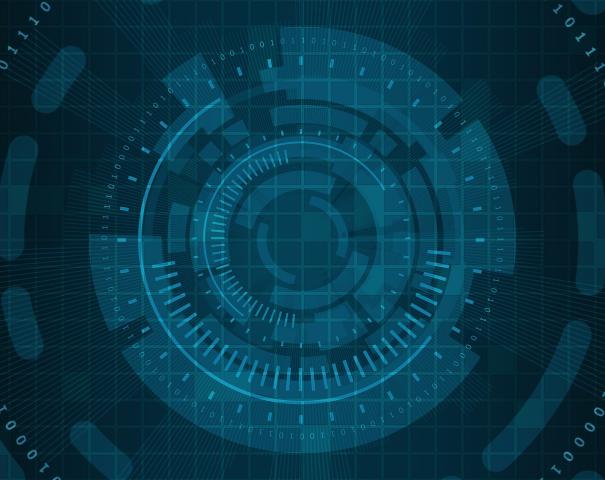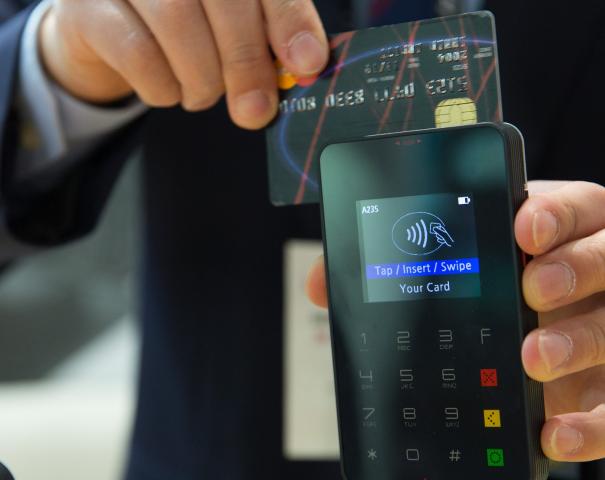Much has been written in the trade press about real-time payments, but real-time collections are yet to hit the headlines in the same way. The good news, however, is that these are now becoming a reality – thanks to the growth of so-called ‘Request to Pay’ (R2P) schemes.
Rather like an instant direct debit, R2Ps allow the company requesting payment to pull funds directly from the customer’s bank account, with due authorisation. This functionality has evolved as part of the wider industry move towards open banking. It is also enabled by the upgrade of payments (and therefore collections) rails to real-time functionality.
RTPs are suitable not only for C2B collections, but for B2B customers too – potentially replacing collections via card, direct debit and electronic bill payment and presentation (EBPP). Treasurers stand to benefit in a number of ways, including: cheaper collections; increased straight-through reconciliation; and greater visibility and control. There is also less room for error and fraud, since the end customer has to authenticate the transaction, more of the collections process is automated, and many data fields are pre-populated.
In terms of how R2Ps work, the interaction between the payee, the customer’s bank and the payer, will typically happen via a trusted third-party, using an application programming interface (API). The customer’s bank will then send an R2P notice to the payer, likely via their secure banking app. Next, the customer can verify the details, select which account they wish to pay from, and ensure there are sufficient funds on hand. They can then proceed with making the payment on the spot or delay it by a few days if preferred.
As well as ad hoc payments, R2Ps could be used for regular payments, and notifications could be sent to the payer in advance of the billing date. This then allows the payer to have greater control over when and how much they will be debited – since they can potentially change the payment date – which is key in a digitally-enabled society where flexibility and transparency are pre-requisites.
Of course, there are potential sticking points with the R2P model. Purchases may be delayed if customers take their time to authenticate the payment, for example. The R2P workflow may also disrupt the customer experience, which is not entirely desirable in an age of seamless transactions and hidden collections (think stepping out of an Uber and payment being taken painlessly via your smartphone). Moreover, it could be argued that customers can settle bills instantly in other ways, thanks to real-time payments.
Nevertheless, R2Ps are a development to watch, since they signal a broader move towards real-time processing, and therefore, real-time treasury.





